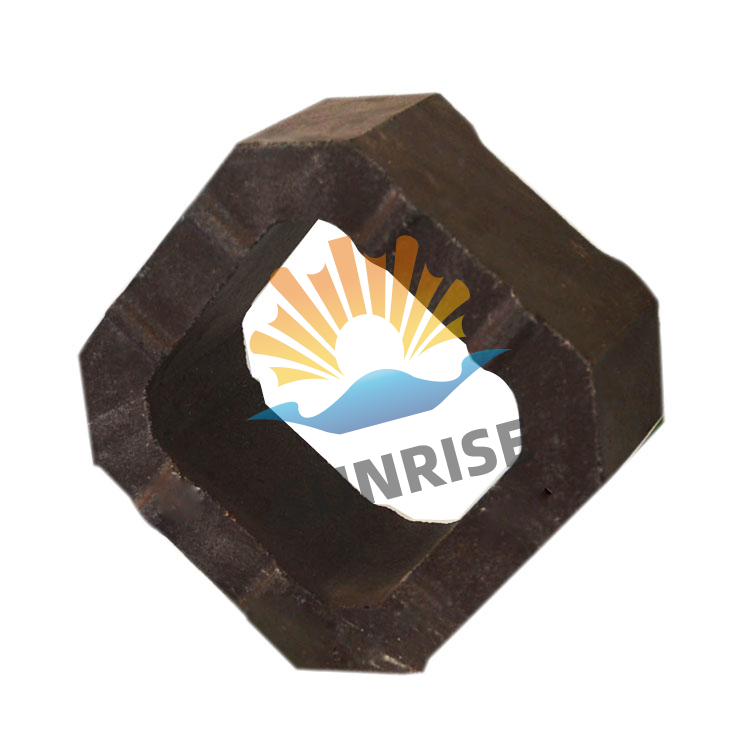Magnesia-chromite bricks, a specialized type of refractory material, have become increasingly essential in high-temperature industrial processes. Their unique composition combines magnesium oxide (MgO) and chromium oxide (Cr2O3), yielding a material that not only withstands high temperatures but also possesses remarkable resistance to molten metal penetration and thermal shock. This article delves into the high-temperature performance of magnesia-chromite bricks, exploring their distinct advantages and the environments where they excel.
The high-temperature performance of magnesia-chromite bricks is attributed to their robust chemical and physical properties. These bricks exhibit exceptional thermal stability and can endure severe thermal cycling without significant degradation. This resilience is crucial for industries such as steelmaking, where furnaces operate at extreme temperatures and require materials that can not only withstand heat but also resist chemical corrosion.
One of the standout features of magnesia-chromite bricks is their thermal shock resistance. The unique combination of magnesia and chromite allows for superior thermal shock performance, making them ideal for applications where rapid temperature changes are common. For instance, in electric arc furnaces, where materials are exposed to fluctuating thermal conditions, magnesia-chromite bricks prove to be a reliable choice.
Beyond their thermal properties, these bricks are also notable for their chemical resistance. The interaction between magnesium oxide and chromium oxide forms a stable crystalline network that withstands corrosive agents found in industrial settings, such as slag and metal alloys. This quality not only extends the lifespan of the bricks but also reduces the frequency of maintenance, thereby contributing to operational efficiency.
Given their high-temperature capabilities and resistance to wear, magnesia-chromite bricks are particularly well-suited for use in environments such as:
In each of these applications, the ability to withstand both thermal and chemical stresses contributes significantly to the reliability and safety of the production process.
In conclusion, the analysis of magnesia-chromite bricks showcases their superiority as a high-performance refractory material in extreme thermal environments. Their unique combination of thermal stability, chemical resistance, and thermal shock resilience makes them indispensable in various industrial applications. As industries continue to innovate and demand materials that can withstand harsher conditions, the relevance of magnesia-chromite bricks will undoubtedly escalate.



